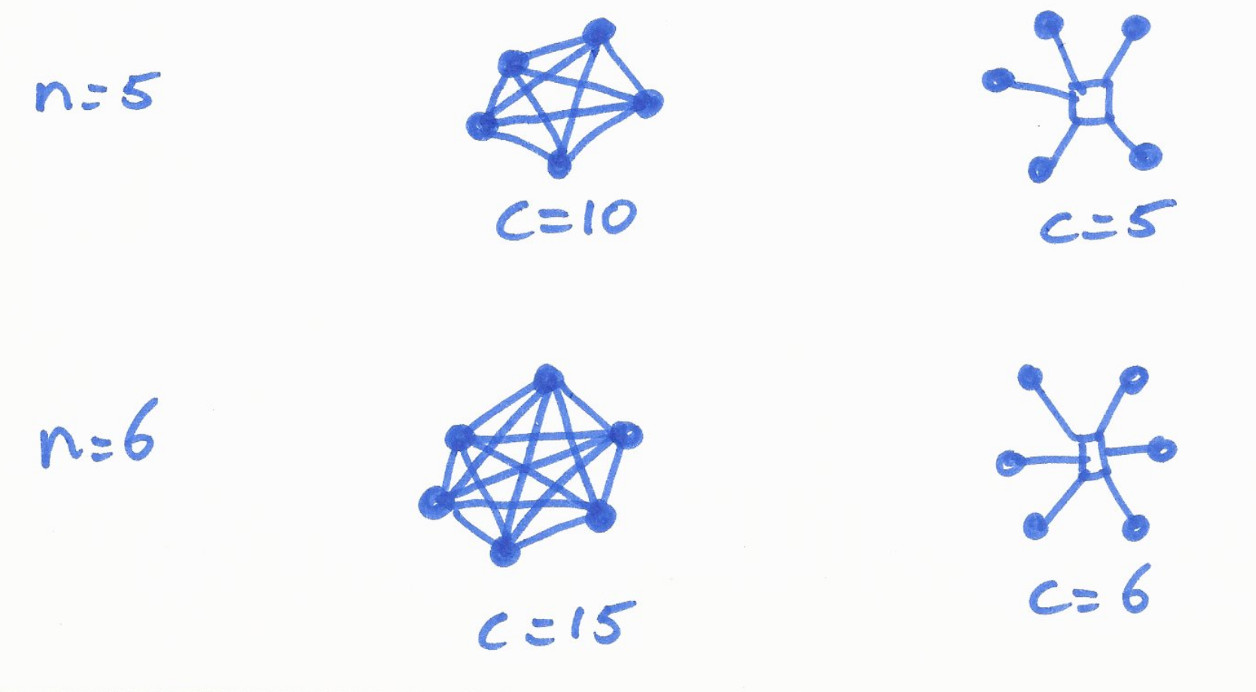Relax, I am not talking about a new strain of the Corona virus. And if you are suffering from Bilateritis, you will probably survive. Maybe not even get sick. And it is definitely not your fault.
Bilateritis is an ‘organizational culture disease’ that I see occurring at many of my clients, especially in smaller organizations like start-ups and those constrained by tight budgets.
The people, lead on by management, believe that having meetings is inefficient, that meetings distract from the actual work that needs to be done. They strive towards as little meetings as possible and only get on quick ad-hoc 1-on-1 so-called bilateral meetings (“bila”).
The consequence of this group behavior is that I see people in constant unclarity and confusion, trying to figure out who-said-what and what they are meant to do exactly. After a quick bila they believe they can move forward, having spent as little time as possible in a meeting. But then new questions arise, and they quickly need to talk to the same person again (or are afraid to do so) or even consult another person about it. And that other person is fed with the interpretation of that person. And so the story unfolds, going from one person to the next, never achieving clarity and alignment for all involved.
It is like that game we had to play as a kid: sitting in a row, the first one gets a story whispered into their ear, then has to repeat it to the person next to them, until the last child has to speak out loud the story they heard. And we are having so much fun about the gibberish that results. And this is a speaker-listener kind of communication, where we do not even include the possibility of children in between to have an opinion or change their minds about something. Like it happens all the time in an organizational context.
So what is the problem then? Well, the problem is that Bilateritis leads to waste. And waste leads to higher costs, later time to market, rework ans unsatisfied customers. Because since not all involved have a shared understanding of what needs to happen and a joint opportunity to share opinions, ideas and concerns, it takes more time to achieve the intended result at lower quality.
When I see Bilateritis happening at my clients, I always recommend them to do more team meetings and less bilas. This goes very well hand-in-hand with an Agile way of working, especially in optimizing according to Scrum. Actually, all so-called Scrum Events, the meetings that Scrum prescribes, are team-based meetings where all people in the team participate. And even outside stakeholders are welcome to join, like in the Sprint Review.
Do you believe your organization may suffer from Bilateritis? Then just give it a shot and combine same-topic or similar-interest bilas you are having into small group/team meetings. Even better to plan these in a repeating cycle then always do them ad-hoc. Prep the meeting well in knowing and sharing what the purpose is and follow a transparent and effective process. Maybe use a tool like Miro as a visual and collaborative aid.
Do you not believe that team meetings are more efficient than bilas? Then this cure may work for you, the mathematical proof that team meetings are ALWAYS AT LEAST as efficient as bilas and FROM FOUR PEOPLE OR MORE involved MORE efficient than bilas:

The n represents the number of people actively involved for a topic, or to solve a certain problem together; the dots represent a person; a line represents a communication line, which is a ‘cost’ (it takes time to communicate); c is the total costs for that type of meeting with that many people involved.
As you see, with 2 and 3 people involved the costs are the same. But from 4 people involved team meetings already are cheaper: cost of 4 versus 6. It already gets a bit crazy with 6 people involved: cost of 15 for bilas and a cost of 6 for teams, which is less than half.
Are you working on solving a problem with more than 6 people? Do the math, but you already know the conclusion.
And last but not least, the most important gain of team meetings over bilas: they are just so much more fun and ‘gezellig’!
(And research shows that performance follows happiness, but that is for another post).
– Diderik
